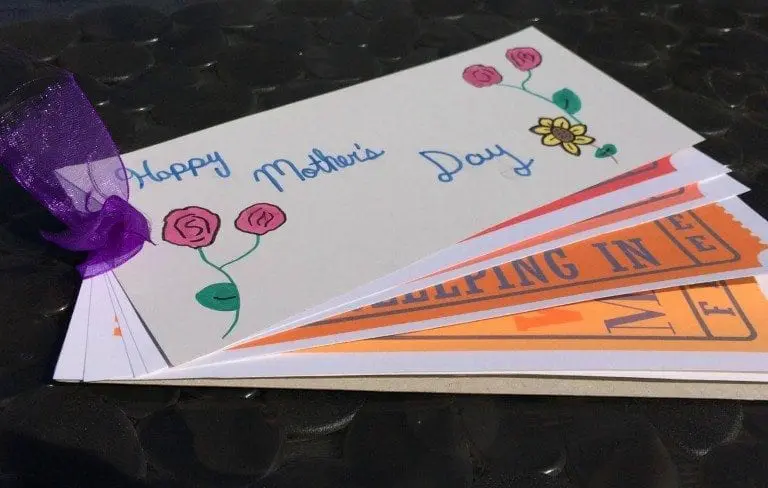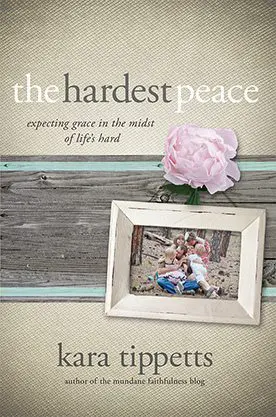Exploring Different Types of Bookbinding Materials and Their Uses

The bookbinding method you choose can influence how a book looks, feels, and functions. It can also impact how durable it is and the overall perception of the product.
Saddle stitching is a common choice for booklets and small publications. It uses wire staples to bind pages together, which offers a sturdy finish.
Coil Binding
Coil binding is a versatile and modern style of bookbinding. It uses strips of plastic coil that pass through a series of holes to bind stacked sheets of paper together. The resulting books can lay flat when opened or even fold back on themselves for enhanced usability. Coil binding supplies are available in various diameters to accommodate books of any thickness. Plastic coils are also highly durable and hard-wearing, resisting distortion that can occur with metal wire spines. They are available in various colors, including standard corporate colors and Pantone matches, for a truly customized look. And there are more book binding materials you need to know.
Section-sewn binding is a durable and sturdy form of bookbinding that combines sewing and gluing. It’s ideal for reports, presentations, and other documents often paged through and annotated. The pages of the paper are folded and gathered into sections (signatures) that are then stitched together, thermally glued along their edges, and encased in a cover. It’s also excellent for easel-type products like notebooks and desk calendars.
Wire Binding
Also known as twin loop wire binding, wire-o, double loop wire, and ring wire, this type of document binding is a popular method for creating sleek and professional-looking booklets and books. It is often used for presentation books, professional manuals, training documents, cookbooks, and calendars.
Its strength is its ability to withstand the rigors of frequent use, making it ideal for reference documents such as directories and training manuals. This type of binding can be further enhanced by using custom-made tabs to divide specific sections within your book.
Like spiral binding, wire-o is suitable for documents with crossover images (one image that crosses across two opposing pages of a book) and can be produced in various colored wires to suit the design of your publication. However, unlike spiral binding, wire-o cannot be used on thick documents as the coils will not fit through the holes in the spine. This can be overcome using a more powerful machine to bind the books. The result is a strong, durable, and professional-looking document that allows the pages to lie flat when open.
Original Library Binding
In this type of bookbinding, the original boards or covers are used that were bound in by the publisher initially. These are often plain but can also be made from leather, buckram, or other cloth. They are sturdy and resistant to mold, ultraviolet light, insects, and water.
Library binding is a form of reinforcement designed explicitly for books or serials that will be used in a large public library environment. It is durable and offers a clean, crisp look on large bookshelves.
The pages of the book are sewn into groups called signatures or quires. These are then grouped and oversewn with an overlock stitch. The whole book block is then set in a heavy, durable covering of buckram, a thick cotton fabric coated with acrylic that is resistant to water, mold, and insect damage. They can then be hot-stamped with information about the book, such as title and call number. Smaller books may be bound in c-cloth, a lighter-weight cloth that does not have an acrylic coating.
Oversewn Binding
This type of binding sews sections or signatures (groups of pages from a book) together through the folded edges to create a text block. The book block is then glued to the endpapers, and a cover or “case” is affixed to the spine.
This sewing method provides a higher durability for books but sacrifices flexibility and gutter margins. It also tends to bind tightly, making it difficult for readers to open and lie flat. The tightness of the binding can cause acidic paper to splinter, especially in the gutter area.
This type of binding is commonly used for family memento books, scrapbooks, and other creative projects. It can be a good option for rebinding old or broken books but should be used on something different than volumes containing maps, illustrations, or folded sheets. It should be taken when rebinding to preserve the original sewing holes and avoid damaging folds. Recased books bound in this manner should be resewn through the original sewing holes and double-fan adhesive bound. This binding will not allow the book to lay flat and is unsuitable for recessed readers.
Case Binding
This type of binding is ideal for booklets and other printed products that need to be very durable. It combines sewing and gluing – the folded, gathered signatures are sewn together then thermally glued to a paper cover. The result is very durable and sturdy, and it’s also beautiful.
Traditionally, case binding is used for high-end publications such as art books or coffee table books. It’s a prestigious and durable binding method, and the hardcovers protect the pages inside from damage. It can be done either with a sewn spine or an adhesive-only one. The cover is a case, usually made from cloth or printed paper, with a back, head, and foot.
The head and tail bands are decorative pieces of colored fabric that wrap around the book’s spine. They’re usually trimmed to the same size as the book, and they add an aesthetic touch that makes your finished product look more professional. They can also hide any visible glue holding the thread-sewn sections together.







